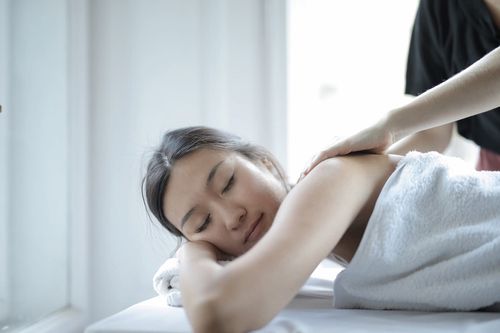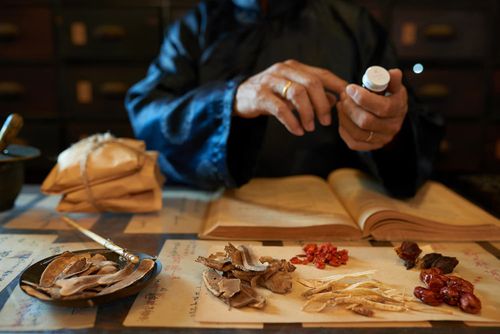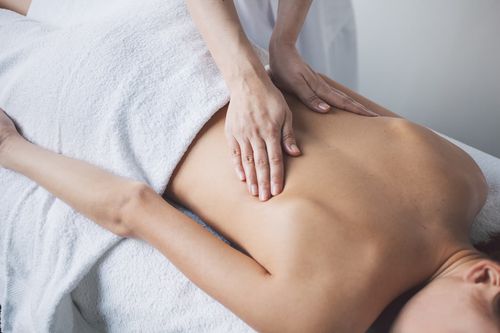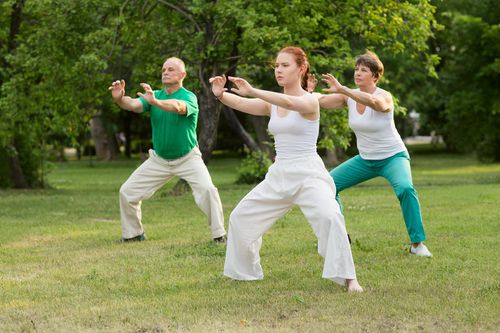What is Chinese Massage?
In Traditional Chinese Medicine (TCM), it is said that the energy inside the human body, called "Qi", must continuously flow to prevent diseases. Over the millennia, several bodywork therapies, which include acupuncture, acupressure and Chinese massage, have been developed to help a person when they experience an energy imbalance.
In Chinese massage, several massage techniques are used to stimulate the Qi points, which in turn treats illness, promotes relaxation, alleviates spasms, improves flexibility and straightens the joints. It is a powerful treatment for pain, which is believed to stem from Qi stagnation.
There are two types of Chinese massage techniques, "Tui na" and "Zhi Ya". Both techniques may be different but both are said to help the person to regain his strength and vitality. Tui na, similar to Western massage, involves pushing, stretching and kneading the muscles, while Zhi Ya, similar to acupressure, focuses on pinching and pressing the acupressure points to relieve pain and stress. Both techniques help stimulate the body to release more hormones, regulate blood flow, and boost energy or recovery.
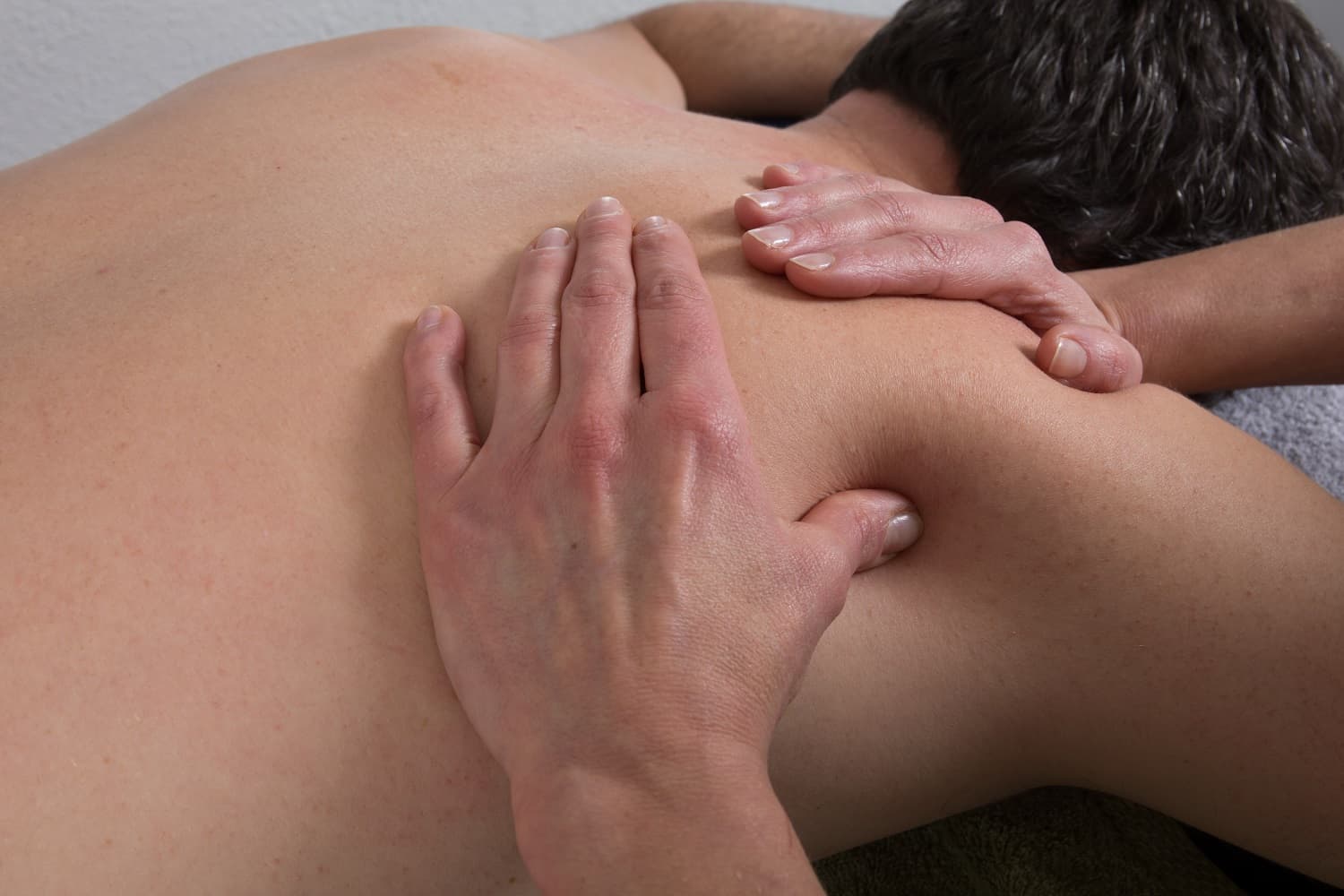
How Does Chinese Massage Work?
The main objective of Chinese massage is to balance the flow of Qi in the body to protect the person from developing health conditions and maintain the optimal performance of all the organs. When the Qi is blocked or impeded, the person becomes susceptible to health problems.
The therapist uses different manipulation techniques to activate the circulation of energy and blood. The most common techniques used in Tui na are gliding strokes, rolling moves, kneading, tapping, finger springing, rubbing, and some acupressure techniques to regulate the flow of Qi and facilitate the body's self-healing mechanism.
What Are the Benefits of Chinese Massage?
Chinese massage is one of the oldest complementary therapies being used around the world, having existed for more than 4,000 years. This type of massage offers several health benefits and they include:
- Renews energy, vigor, and strength
- Relieves back pain and sciatica
- Improves cardiovascular health
- Lowers hypertension (high blood pressure)
- Opens up frozen shoulders
- Relieves rheumatoid arthritis symptoms
- Increases immunity
- Promotes better sleep
- Stimulates healthier organ function
- Facilitates hormone release
- Improves respiration and circulation
- Releases lactic acid buildup
- Accelerates injury and surgical recovery
- Breaks down scar tissues
- Increases range of motion
- Relieves pain
- Improves blood flow
- Promotes relaxation
- Relieves emotional stress
What Can You Expect From Chinese Massage?
A typical Chinese massage session lasts from 30 minutes to one hour. It is important to have a conversation with your therapist before the session to inform them of your health history and goals, allowing them to identify which techniques to use.
After your discussion, you will lie flat on your stomach and the massage therapist will start identifying which meridians in your body are blocked or imbalanced. Then they will start applying pressure on the target acupoints to restore balance and energy circulation.
It is encouraged to talk with your therapist from time to time throughout the session to provide them with feedback and increase your comfort. Some Chinese massage therapies are incorporated with Western techniques like kneading, stretching and pushing. It is advisable to wear loose, comfortable clothing during the session so that the practitioner can manipulate your joints and work on tight fascia.
